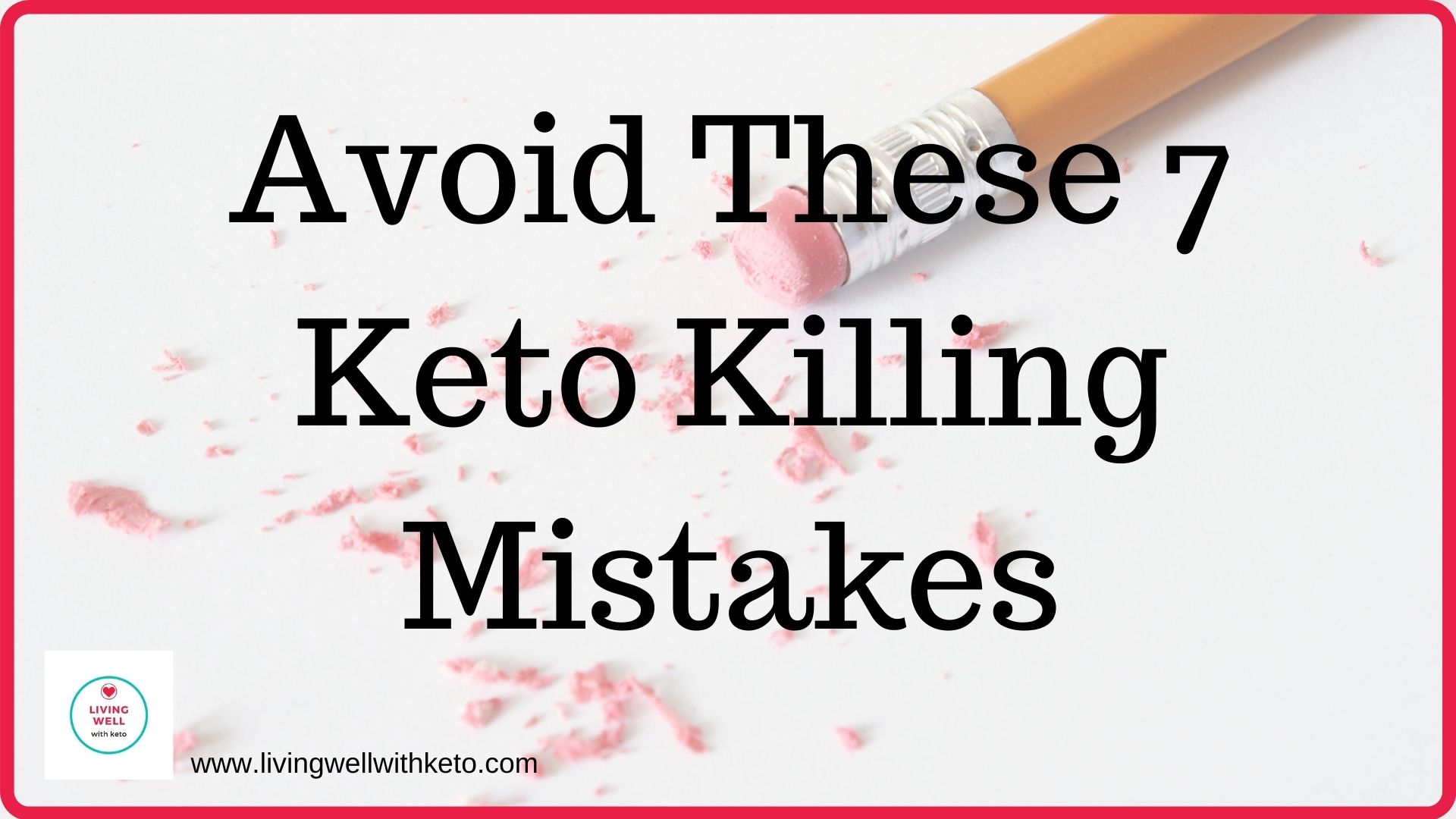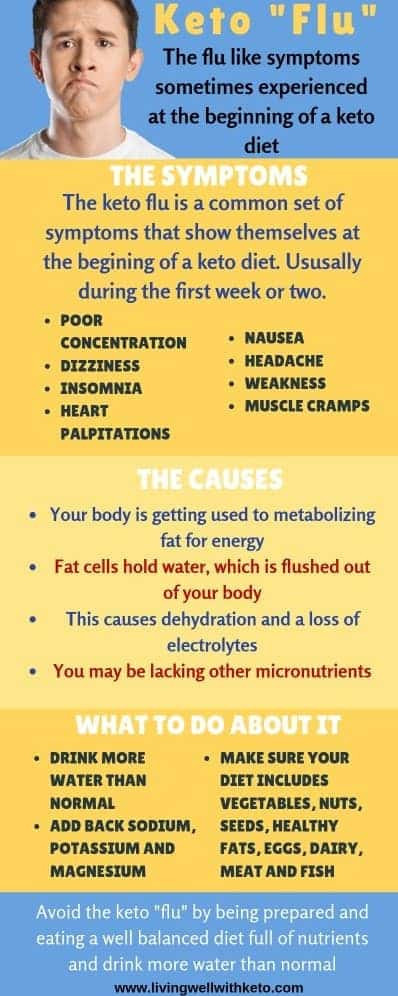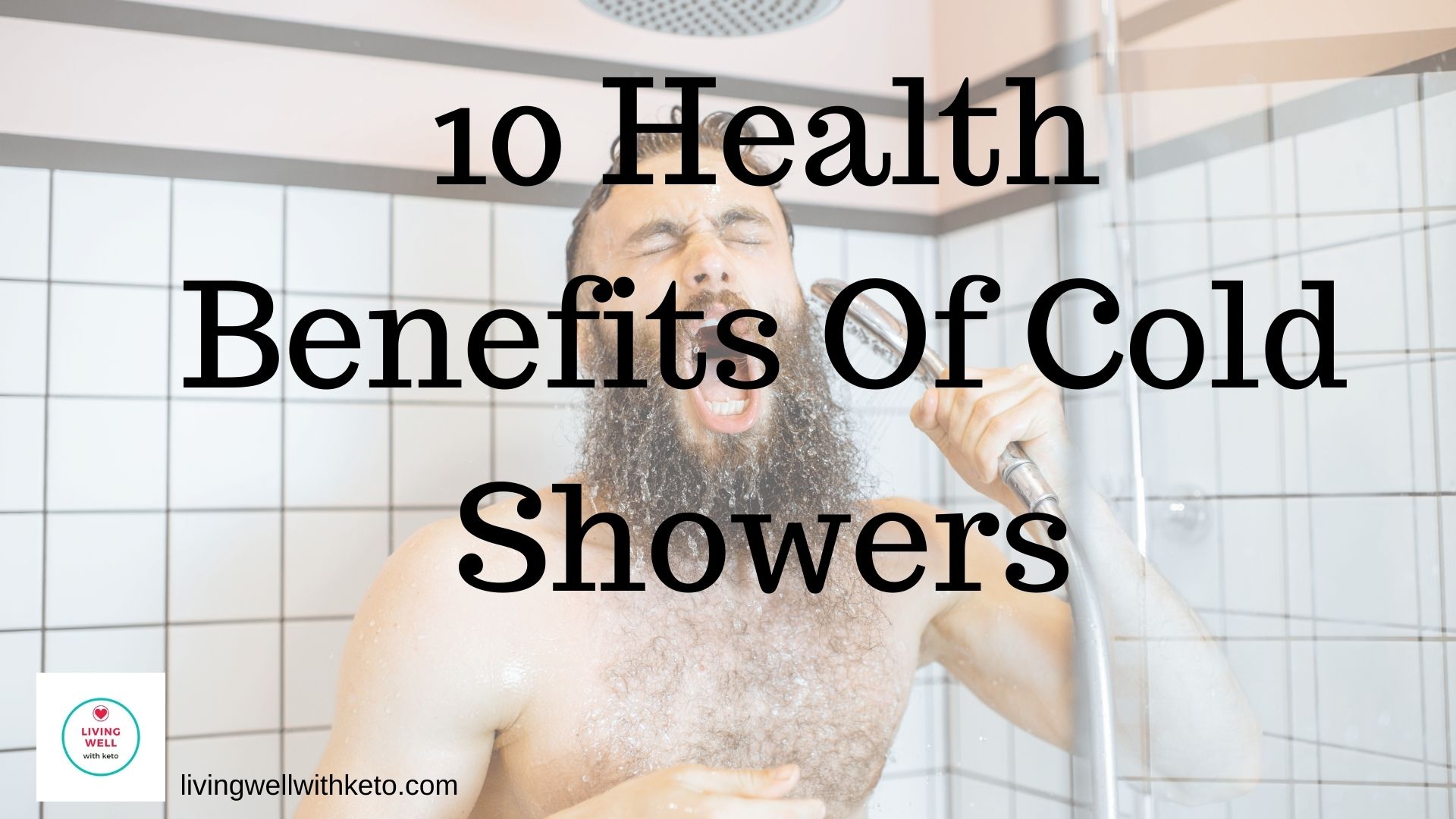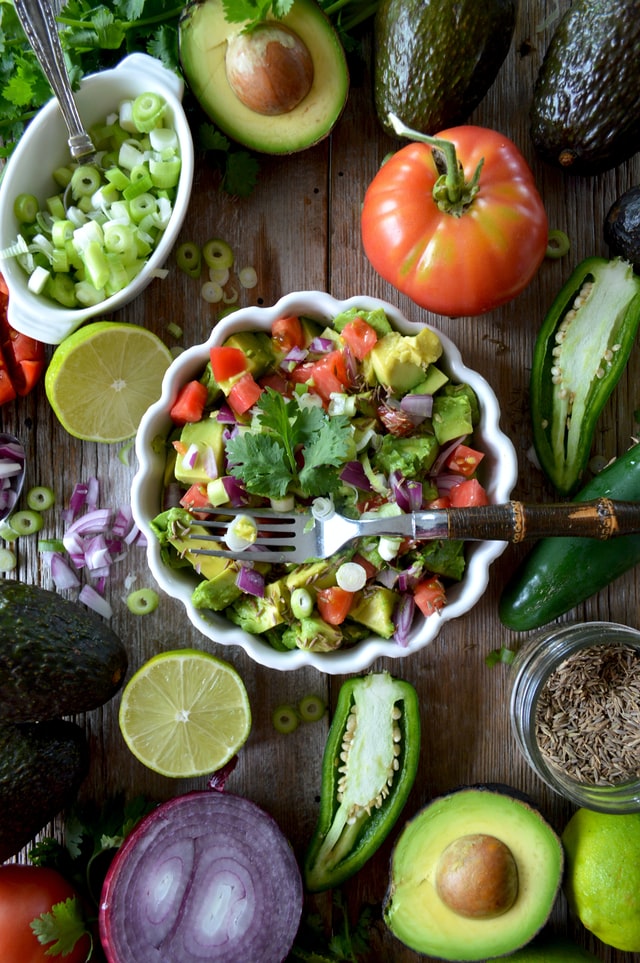Avoid these 7 keto killing mistakes and you’re going to achieve your weight loss and health goals in the quickest possible time.
Unfortunately, too many good keto intentions are derailed by a few simple mistakes that can be easily put right.
Better still, learn about the 7 keto killing mistakes before you start, and you’ll be losing weight like a pro, no back tracking required.
It’s always better to learn from other peoples mistakes than to learn from your own. Save yourself some time (and pain) and make the keto diet work for you.
Mistake No. 1: Not calculating your macros
This seems like the first thing you’d have to do, given that the keto diet is so specific about your macros. You need to make sure you’re eating the correct amount of fats, carbs and protein each day.
If you’ve forgotten what your macros should be, here they are:
- Carbs – these should be less than 20g net carbs each day. That’s total carbs minus any fiber.
- Protein – this should be at a normal level for your weight. Keto is not a high protein diet. As a guide you need 0.36 grams o protein per pound (0.8 grams per kg) of body weight. This amounts to: 56 grams per day for the average sedentary man. 46 grams per day for the average sedentary woman.
- Fat – this should make up the majority of your daily intake. Aim for at least 70% of your daily intake in the form of healthy fats such as butter, cheese, olive oil, coconut oil, avocados, oily fish, fatty meat and MCT Oil
Use this keto diet calculator to find your individual macro needs.
Mistake No. 2: Not tracking and weighing your daily intake.
Always, always weigh your food, especially when you first start the keto diet. It’s a lot more difficult to guess than most people believe.
Unless you’ve been on the keto diet for a long time, you won’t be nearly as skilled at simply eyeballing your food as you should be.
Some foods are heavy, and you’ll be surprised by how tiny a portion of that food will look.
A good example is cheese. A 50g/1.8 oz serving is a very small piece of cheese. If you’re like most people, you’d normally have much more than that even as a snack.
Get around this problem by weighing and tracking everything you eat. There really isn’t a safe way to stay on track without doing this.

By weighing and tracking your food, you won’t be accidentally eating more (or less) the recommended amount of carbs, protein and fats each day.
Mistake No. 3: Accidentally eating hidden Carbs.
Accidentally eating hidden carbs is a lot easier to do than you’d think.
These hidden carbs are everywhere and will ruin your keto diet unless you’re being super careful about not eating them.
Always read food labels, and get familiar with the many names for sugar (100% carb). Learn how to identify these hidden sources of sugar:
- Pasta sauces
- Yogurt
- Salad dressings
- Breakfast cereals
- Coleslaw
- Tomato sauce
- Some breads
- Crackers
- Alcohol mixers
- Instant oatmeal
- Coffee from specialist outlets
- Non Dairy milks
- Marinades
- Jerky
- Deli Meats
Sugar can hide under a variety of names such as:
- Sucrose
- Agave
- Maltose
- Dextrose
- Honey
- Syrup
- Fructose.
Fructose is especially bad for health, read more about it here.
Further, this study demonstrated that the link between appetite control and fructose was weaker when compared to glucose.
In other words; the body recognized the intake of glucose, and the appetite control response was strong but this response was much lower when fructose was ingested. This lead to a higher risk over consumption .
However, fructose is the worst, but all sugars should be avoided.
Mistake No 4: Not taking care of your electrolytes
The keto diet will often have you flushing out more fluids than normal. This is especially true when you first start on this diet.
Unfortunately, along with water you can flush out too many of your electrolytes, and run the risk of suffering from the keto flu.
This is a cluster of symptoms that can feel very unpleasant and is caused by a loss of one of your electrolytes:
- Sodium
- Magnesium
- Potassium
The main symptoms are:
Lack of Sodium
- Fatigue
- Headache
- Nausea
- Confusion
Lack of Potassium
- Muscle weakness with or without cramps
- Nausea
- Heart Palpitations
- Low blood pressure
- Feeling low and/or confused
Lack of Magnesium
- Loss of Appitite
- Fatigue
- Nausea with or without vomiting
- Muscle tingling or numbness
- Abnormal heart Rhythm
Learn here how to avoid the keto flu, and maintain a healthy balance of electrolytes while eating low carb.
Alternately, you could use one of the many electrolytes products available:
Mistake No 5: Eating too many inflammatory foods
Chronic inflammation will put you at risk of multiple diseases. Its definitely something you don’t want to be causing by eating too many inflammatory foods.
The worse culprit is again sugar, this is super inflammatory. Another good reason to avoid it at all times.
Try to include as many anti-inflammatory foods as possible. Good choices would be:
- Olive Oil
- Coconut Oil
- Nuts especially almonds
- leafy greens such as kale and spinach
- fatty fish such as salmon, mackerel, sardines and tuna
- Blueberries, strawberries
- Tomatoes
- Yoghurt
- Miso
- Dark chocolate (limit to a square or two each day)
- Coffee
- Turmeric
These are all foods that fit in well with the keto diet.
Mistake No 6: Using artificial sweeteners
With sugar off the menu, you may be tempted to substitute a sweetener for use in drinks and baking.
Some sweeteners are good to use and these include erythritol. This is a sugar alcohol and can be used anywhere that would normally require the use of a regular sugar.
Furthr, due to the fact that it has no effect on blood sugar or blood/glucose levels, this is a sweetener that is both healthy and keto friendly.
It can be sprinkled on food, used in baking and has a great sugar taste, without the bitterness of some products. It is also a zero calorie substitute.
However, artificial sweeteners should be avoided. These include:
- Sucralose
- Aspartame
- Saccharin
There is evidence that these sweeteners aren’t just bad for your health. They can often trigger a craving for sugar. If you suspect that you’re addicted to sugar, walk away from the artificial sweeteners.
Moreover, sucralose, aspartame and saccharin cause gut irritations, inflammation, and can upset your balance of gut bacteria. (1)
Mistake No. 7: Stress
When you’re stressed you release the hormone Cortisol. Unfortunately this hormone is implicated in weight gain; it certainly isn’t something you’d want more of.
This is due to the ability of Cortisol to release stored glucose into your blood. Once your blood/glucose levels rise you’ll have a corresponding increase in Insulin levels.
Insulin is the trigger that tells your body to store fat. Further, when insulin levels are chronically high, you’re at risk of becoming insulin resistant and/or developing type 2 diabetes.
Importantly, high blood/glucose levels also make it hard for your body to use ketones, which is what the keto diet aims to have you using for energy.
If stress is an issue for you, learn more about how to manage this here.
In summary
These 7 mistakes are often made by beginners to the keto way of eating, and can ruin the best of keto plans.
Fortunately, none of these mistakes are difficult to put right. Plus, hopefully you’re reading this before you’ve even started on your new diet.
The keto diet takes a little time to learn, but by following the main rules there is no reason why you won’t be one of the many thousands of people who are already eating low carb successfully.
Fix or avoid these 7 keto killing mistakes and you’ll be reaching all your weight loss and health goals super fast.





